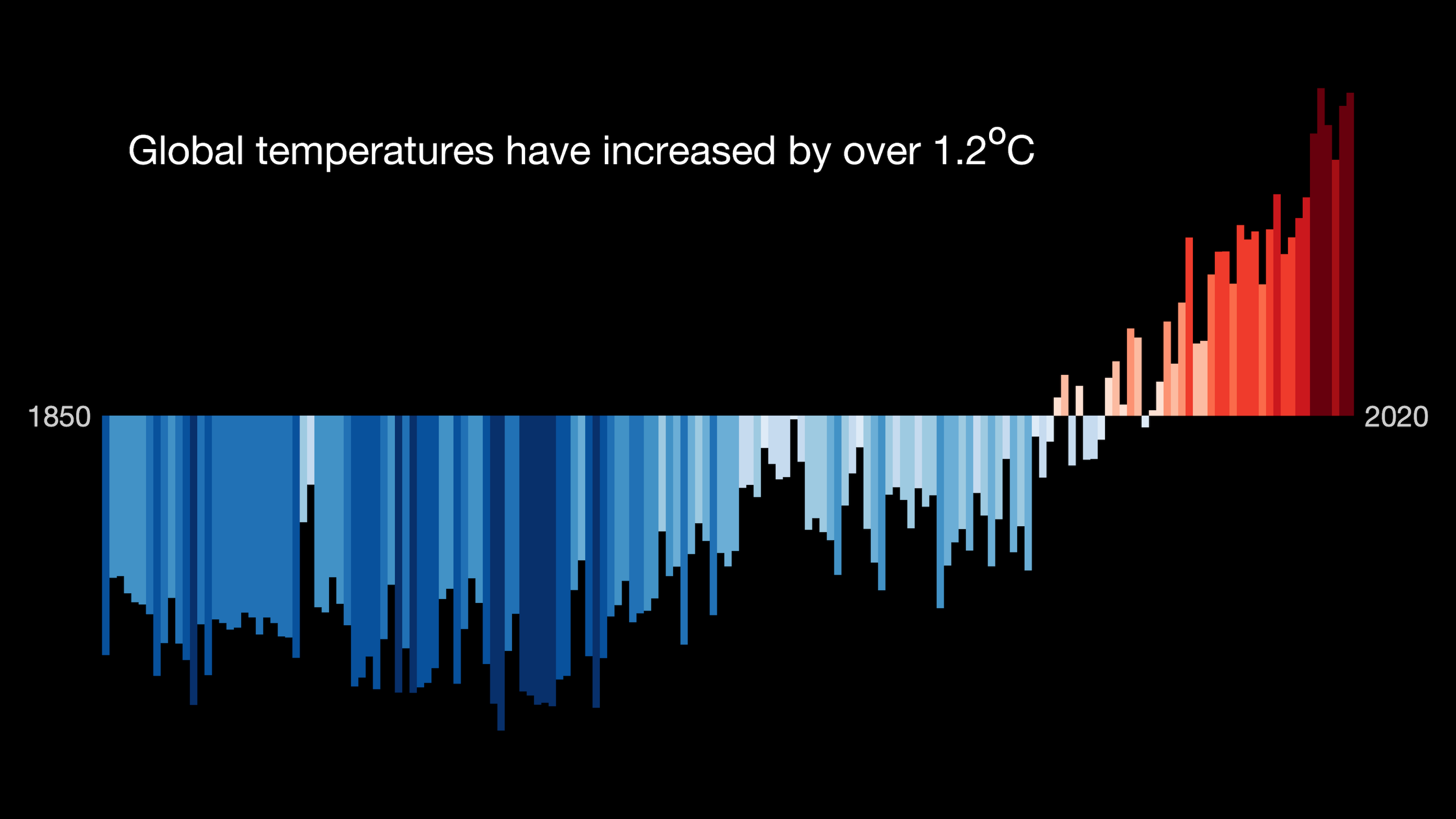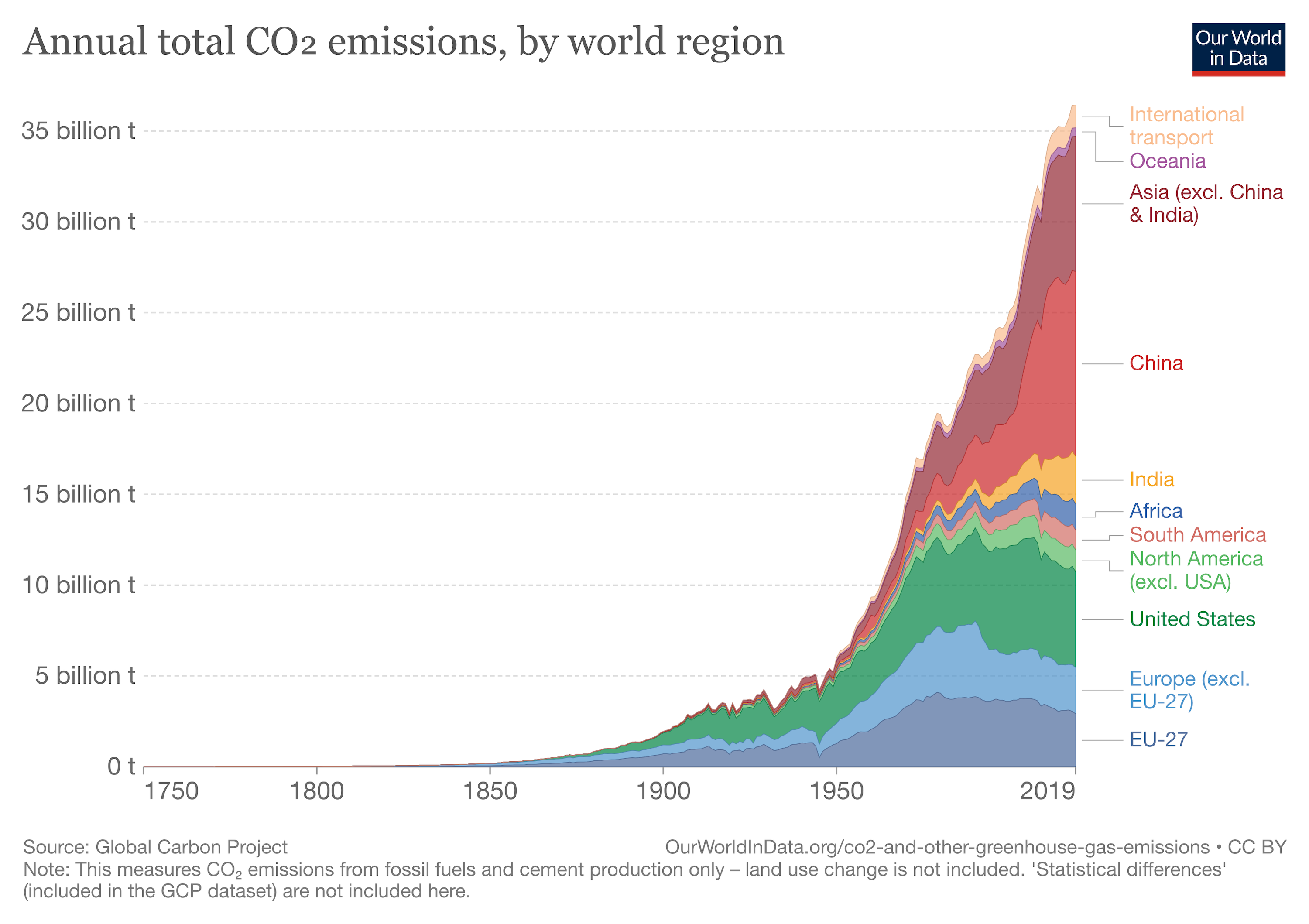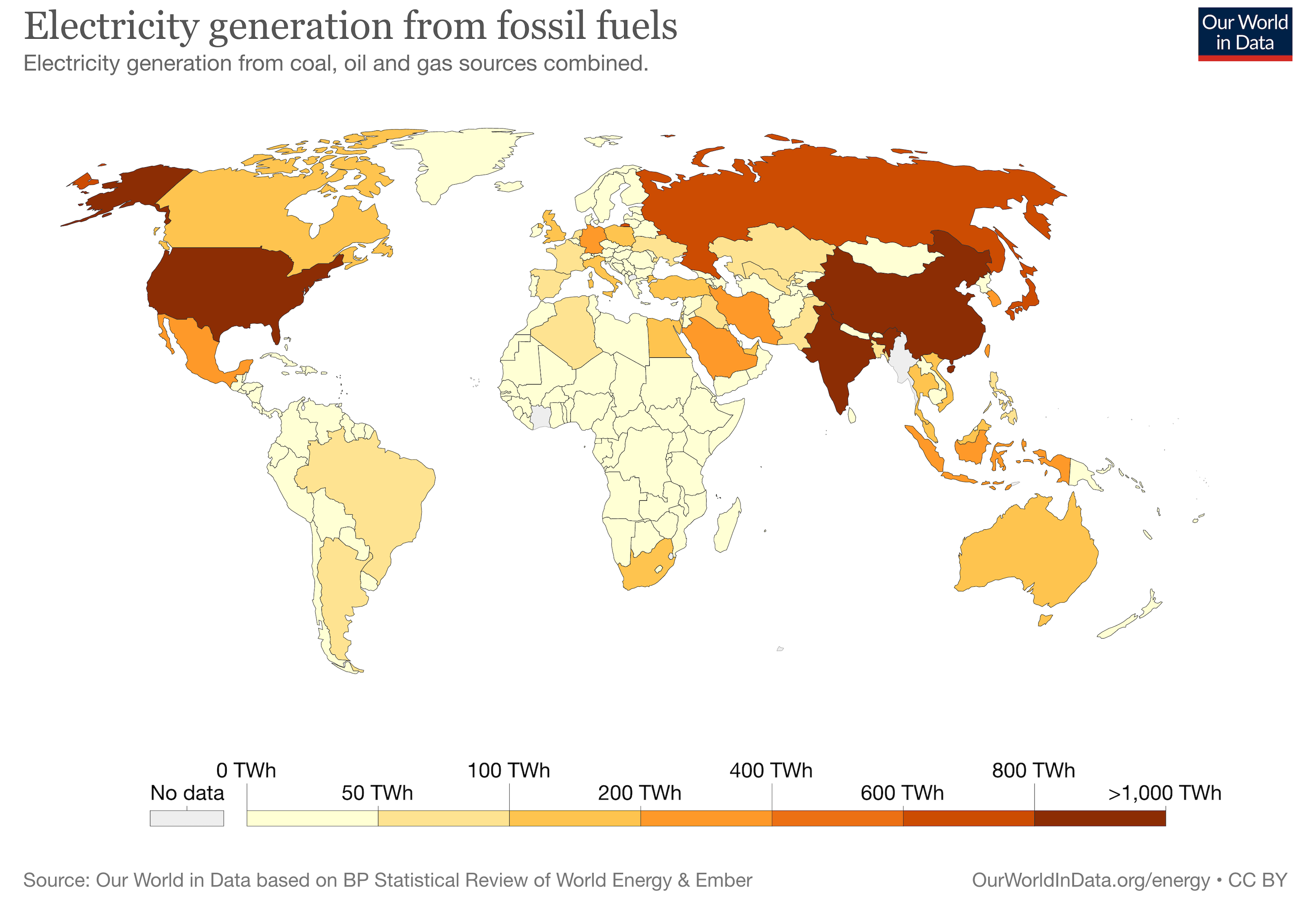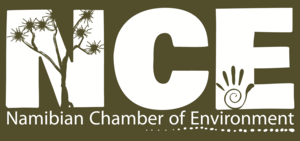

Climate Change in Namibia Part 1: Defining the Terms
18th October 2021
The United Nations Framework Convention on Climate Change (UNFCCC) was established in 1992 at a Conference in Rio de Janeiro, Brazil with the mandate to tackle the issue of human-caused climate change. At the end of October this year, the 26th Conference of the Parties (COP26) on Climate Change will be held in Glasgow. At this meeting, heads of state from around the world will discuss national and collective actions that they will take to address the issue of climate change.
The global climate is an extremely complicated system with carbon, nitrogen and water cycles in the atmosphere, on land and in the ocean (and even under the earth's crust) continuously interacting with biological organisms living in all of these spaces. Human activities affect all of these areas of life and therefore have a complex relationship with the climate.
Climate science is therefore a complicated undertaking, requiring scientists from hundreds of specialised disciplines to contribute their knowledge just to get a handle on what is going on in the world. The UN Intergovernmental Panel on Climate Change is tasked with producing reviews of current global climate science to inform policy makers by synthesising vast amounts of information and communicating key results in understandable terms (access their latest report here). It is therefore no surprise that the average ‘man on the street' finds it difficult to figure out what climate change is all about and how it could influence our way of life in the future.
This series of articles will not simplify climate science, but rather clarify some of the outputs from climate science and apply their findings to everyday life on Namibian farmlands. We will first define some of the critical terminology used in climate science reports. In the second article, we will focus on the current situation and climate projections for Namibia. The third and fourth articles will consider various actions required or recommended at the national and local levels to adapt to the impacts of climate change.
A list of the most important terms that you will come across when reading about climate change are defined below:
Greenhouse gases: These are gases that occur in the atmosphere that absorb the heat radiated (i.e. reflected) from the earth's surface and send that heat back towards the earth's surface. This process is known as the greenhouse effect and although the process is natural, artificially increasing the amount of these gases in the atmosphere warms the earth faster than the natural rate. When these gases are at lower concentrations, more heat is allowed to escape our atmosphere into space, rather than be radiated back to earth. The most common greenhouse gases in our atmosphere are water vapour (H2O), carbon dioxide (CO2), methane (CH4) and nitrous oxide (N2O).
Anthropogenic causes: This is the effect that humans have on the earth's climate system. The water cycle that produces water vapour from liquid water has not been altered significantly by human activity, so water vapour's effect on the earth's temperature is considered to be a natural phenomenon and is therefore omitted from measurements of greenhouse gas emissions. Humans have, however, increased the amount of carbon dioxide in the atmosphere and several of the other less prevalent but more potent greenhouse gases. The increase in CO2 and other greenhouse gasses in the atmosphere is therefore said to be from anthropogenic causes.

Global warming: Temperatures have been measured accurately at the earth's surface in most parts of the world for at least the last century, revealing a global increase. The link between rising concentrations of CO2 in the atmosphere and increasing global temperatures was first suggested in the 1860s, although the issue rose to prominence in the mid-1900s. Climate scientists today have stated that observed increases in greenhouse gas concentrations in the earth's atmosphere over the last few centuries are caused by human activities (see below). In the latest Intergovernmental Panel on Climate Change (IPCC) report, the scientists report that the range of total human-caused global temperature increases since 1850-1900 until 2010-2019 is between 0.8°C and 1.3°C.
Carbon emission and sequestration: Because carbon dioxide and methane both contain the element carbon, much of the action required to reduce greenhouse effects and slow the rate of global warming involves the carbon cycle. In the natural cycle, carbon dioxide is sequestered (i.e. absorbed) from the atmosphere by living plants, which are eaten by animals that emit carbon back into the atmosphere in the form of CO2 or CH4 either through breathing, combustion (e.g. in a veld fire plants release carbon) or decay/decomposition of dead plants and animals. Industrial activities, particularly through the process of combustion, increase the level of carbon dioxide in the atmosphere above the natural emissions from plants and animals. These emissions are partly offset by carbon sequestration in natural ecosystems, although new technologies are being developed to artificially sequester more carbon. The concept of “net-zero” is when the emissions released by a particular entity (e.g. country or company) are equal to the carbon sequestered by natural ecosystems and/or through artificial means.
Fossil fuels: These include crude oil, coal, natural gas or other oils that are formed in the earth's crust through geological processes. Human industry from the mid-18th century to the present day relies on combustion engines that use fossil fuels for transport, electricity, heating and manufacturing processes, thus emitting large amounts of carbon into the atmosphere. Consequently, most policies aimed at slowing the rate of global warming include reducing carbon dioxide emissions from industries by reducing our reliance on fossil fuels.

Climate change mitigation: Steps taken to reduce emissions of greenhouse gases and/or increase sequestration of these gases. Actions like reducing the use of fossil fuels and/or increasing the efficiency of fuel usage address the “source” side of the equation, while improving the capacity of natural ecosystems to absorb carbon address the “sink” side. Examples of reducing carbon sources include improving fuel efficiency of engines and switching to ‘green' forms of energy generation such as solar, wind or hydrogen. Examples of increasing carbon sinks include planting trees (appropriate species in appropriate places) and restoring currently damaged ecosystems on land (including wetlands) and in the ocean.
Climate change adaptation: Steps taken to adapt human or natural systems to the changing environment. Plants and animals adapt by growing in new locations or moving to new areas as the environmental conditions become more or less suitable for their ecological requirements (e.g. plant species that need good rainfall will die during a drought and only survive in wetter areas, thus ‘moving' to new areas over time). Humans adapt by choosing different livelihood options that are more suitable for the climate (e.g. farming with drought-resistant crops or drought-adapted animal species), or by preparing themselves for climate-related natural disasters such as flooding or rising sea levels.
Carbon markets: This is an economic approach to reduce emissions and increase carbon sequestration whereby a limit is placed on overall emissions within a given jurisdiction which is passed on to emitting companies in the form of allowances, and these companies can trade with others to achieve required emission reductions at lowest cost (for example by buying emissions reductions from projects that increase carbon sequestration or reduce emissions, such as renewable energy projects). Several mandatory carbon markets exist, notably the European Union's emissions trading system. In addition, a number of voluntary carbon markets exist, which enable investors or companies who wish to contribute to mitigation beyond any legal obligations to reduce their emissions by purchasing carbon credits (or “offsets”) from projects that reduce or sequester emissions. Carbon markets offer a source of climate finance for mitigation projects such as enhancing soil or forest carbon through improved rangeland management or reforestation, converting waste to energy, solar or wind energy, or using technology to absorb carbon.
Understanding some of these key terms used in climate science will help you navigate the technical and media reports on these issues and understand the concepts behind some of the policies and decisions around climate change. In the coming articles, we will refer to some of these terms as we examine the latest international report on climate change, the Namibian government's climate commitments and the way forward for individual Namibians, particularly those living in rural areas.
This post is part one in a series of four articles dealing with climate change in Namibia. Please click on the links below to view the others.
2: Current and Projected Changes 3: National Actions 4: Local ActionsFor articles on similar topics, please click one of the following options:
If you enjoyed this page, then you might also like:




The Namibian Chamber of Environment (NCE) is an umbrella Association that provides a forum and mouthpiece for the broader environment sector, that can lobby with government and other parties, that can raise funds for its members and that can represent the sector.
www.n-c-e.orgThe Namibian Chamber of Environment (NCE) is an umbrella Association that provides a forum and mouthpiece for the broader environment sector, that can lobby with government and other parties, that can raise funds for its members and that can represent the sector.
www.n-c-e.org
Gail C. Thomson is a carnivore conservationist who has worked in South Africa, Namibia and Botswana on human-carnivore conflict, community conservation and wildlife monitoring. She is interested in promoting clear public communication of science and conservation efforts in southern Africa.
Gail C. Thomson is a carnivore conservationist who has worked in South Africa, Namibia and Botswana on human-carnivore conflict, community conservation and wildlife monitoring. She is interested in promoting clear public communication of science and conservation efforts in southern Africa.
We use cookies to monitor site usage and to help improve it. See our Privacy Policy for details. By continuing to use the site, you acknowledge acceptance of our policy.